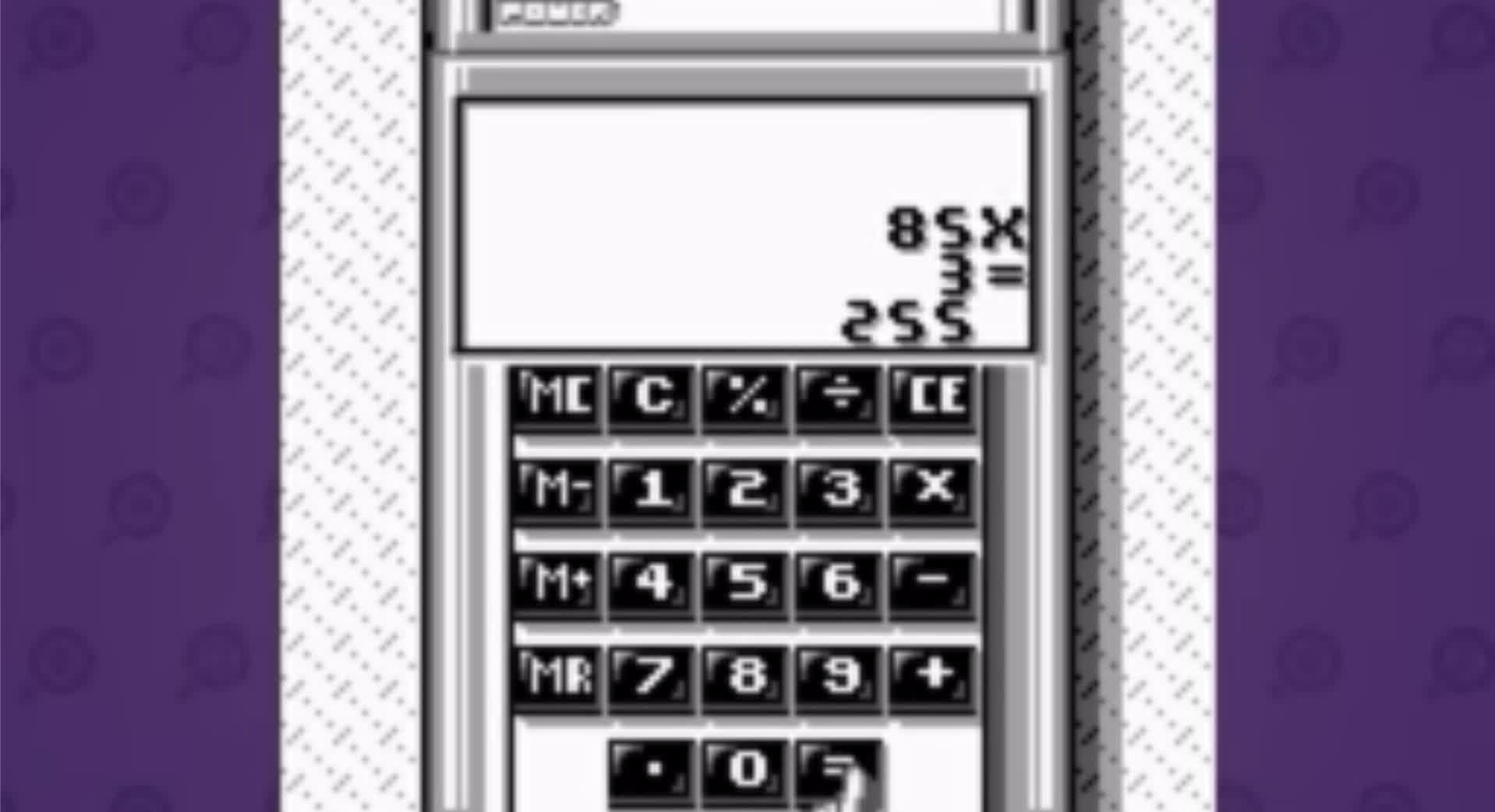[ad_1]
In context: After the Game Boy launched in 1998, it accumulated several accessories. A few were somewhat sensible, like attachable screen magnifiers. Others were not so practical such as the Game Boy Printer. The WorkBoy is arguably the most useful (and most rare) device ever created for the handheld.
Gaming historian Liam Robertson has uncovered a never-released accessory for the Nintendo Game Boy that can turn the handheld gaming console into a full-fledged PDA. Robertson unveiled the peripheral, thought lost for the last 28 years, on a recent episode of his YouTube series “Game History Secrets” (below).
The accessory, dubbed WorkBoy, is a simple keyboard that connects to the Game Boy via a Link Cable. WorkBoy has several productivity apps built-in, including an address book, calculator, database, appointment book, world clock, calendar, and more. In fact, there are 12 apps in total.
Designed by UK company Source Research and Development, WorkBoy was trademarked in 1992, with Washington startup Fabtek Inc commissioned to manufacture the device. Both companies are now defunct. The peripheral was featured in several 1990s gaming publications and even made an appearance at CES 1992. However, not long after that, it completely vanished, never to be heard from again.
After months of digging, Robertson tracked down Source Research and Development founder Eddie Gill. Gill was also the primary designer behind the device. Gill said that the WorkBoy was slated to release in late 1992 or early 1993 for around $80 or $90. However, various issues prevented WorkBoy from ever reaching production.
There are only two prototypes of the ultra-rare Game Boy peripheral in existence to Gill’s knowledge—one is most likely held somewhere by Nintendo, and Fabtek founder Frank Ballouz owns the other. Nintendo was not likely to be forthcoming with information on an unreleased product, so Robertson contacted Ballouz.

Ballouz generously agreed to send the WorkBoy prototype to Robertson to see if he could get it working. Robertson connected the device to several first-generation Game Boys but could not get it to work. Although Ballouz did not recall it needing separate software, they determined that it must have run off a cartridge inserted into the Game Boy.
In a stroke of luck, Robertson was able to find the exact ROM that he needed to get the WorkBoy running. The code just happened to be contained in that Nintendo “Gigaleak” earlier this year. Robertson flashed the software to a blank ROM cartridge, and sure enough, the WorkBoy came to life and worked flawlessly.
Robertson cited a D-RAM shortage caused by an explosion at a foundry in Japan as the primary cause for the WorkBoy never going into production. It was also considered too expensive for a peripheral, costing just as much as the Game Boy itself. However, the device’s design subsequently inspired other gadgets such as the Nokia 9000 series. And of course, modern smartphones now come standard with everything that the WorkBoy offered.
[ad_2]
Source link